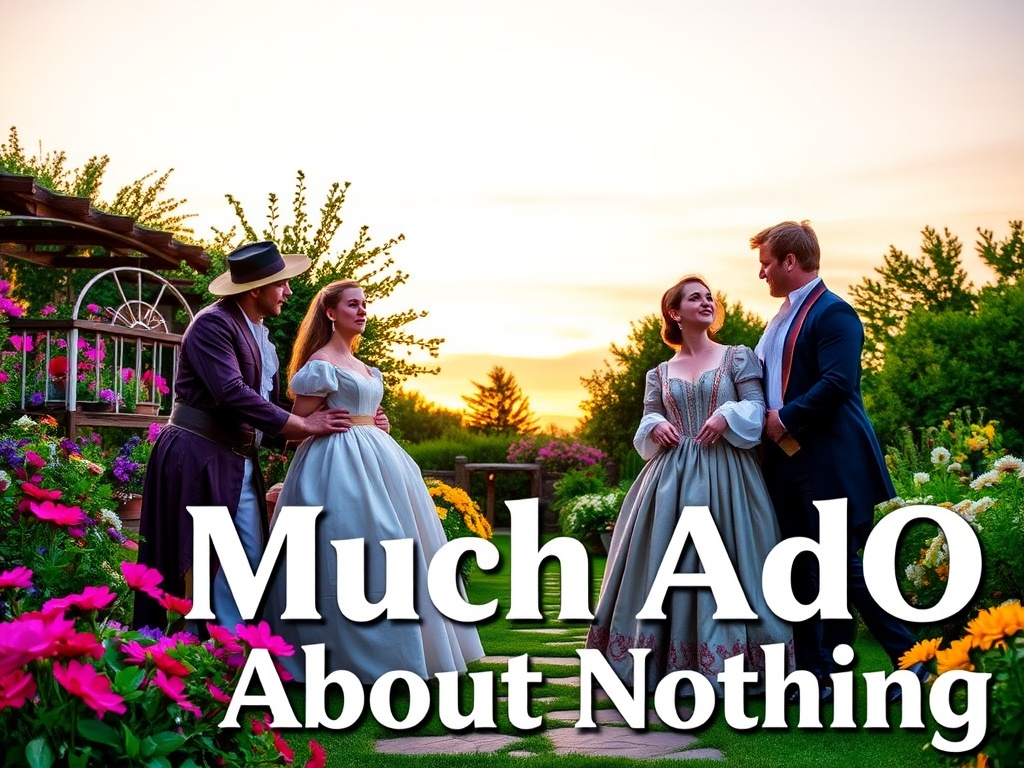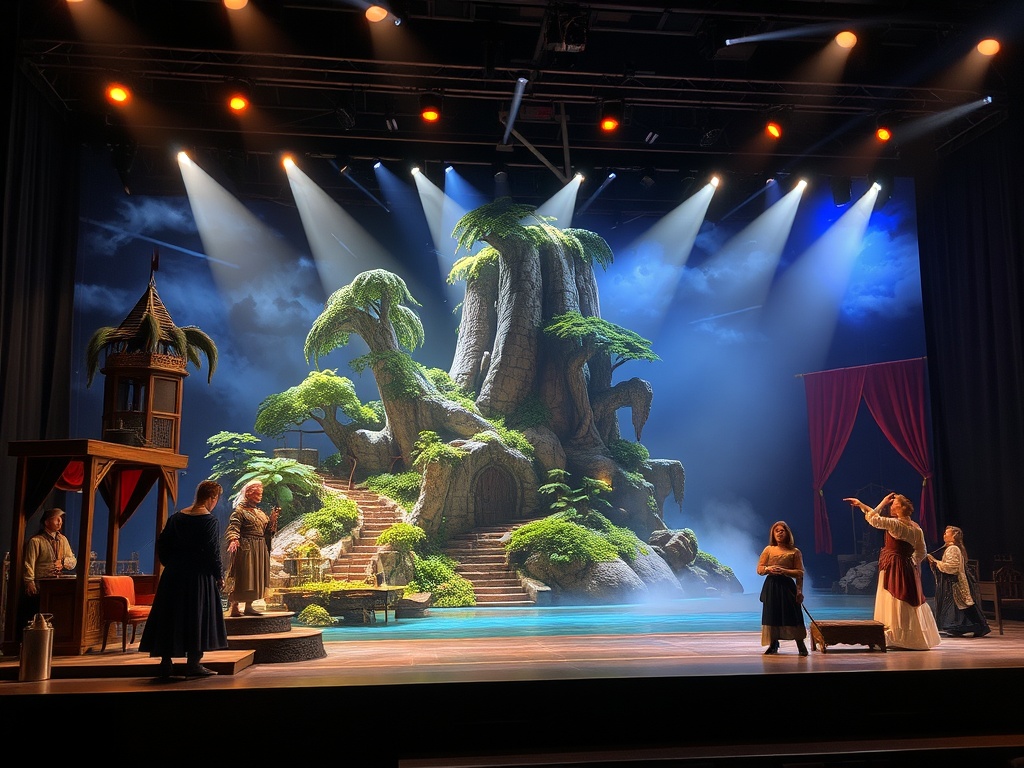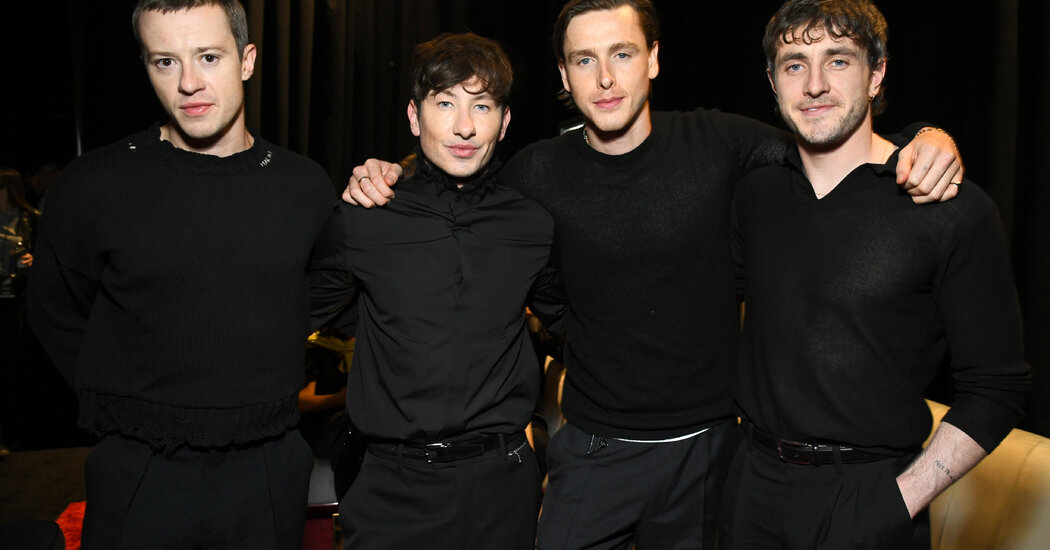The Evolution of Shakespeare on Stage: A Tale of Two Productions

What a transformation two months can bring. On December 18, Jamie Lloyd’s production of The Tempest, featuring the illustrious Sigourney Weaver, made its debut at London’s most prestigious venue, the Theatre Royal Drury Lane, only to be met with widespread criticism. Fast forward to last night, and Lloyd unveiled his interpretation of Shakespeare’s cleverest comedy, Much Ado About Nothing, with the talented Hayley Atwell and Tom Hiddleston cast as the tempestuous lovers Beatrice and Benedick. The accolades for this performance are sure to resonate long after its brief engagement has ended.
Unlike Weaver, who struggled with the intricacies of The Tempest’s poetic language, Atwell and Hiddleston thrive in the challenges and joys of the text, creating an electric chemistry right from the start. The witty repartee between Beatrice and Benedick features some of Shakespeare’s most delightful exchanges, and these two accomplished actors seize the opportunity to leave their imprint on the characters. While the film pairing of Emma Thompson and Kenneth Branagh may set the benchmark for this play, Atwell and Hiddleston come remarkably close.
The production is set against the backdrop of a contemporary club, complete with stylish attire, lively dance sequences—Hiddleston showcases impressive moves on the dance floor—and showers of pink confetti cascading down throughout the performance. This playful atmosphere is commendable; the cast exhibits an exuberant energy, racing around the stage unlike the more restrained performances seen in The Tempest. However, this modern revelry does come at a cost: the subtleties of several characters are overshadowed, with Don John being reduced to a caricature of a villain draped in a flamboyant scarf. Such a contemporary setting also renders the pivotal plot point concerning Hero’s (Mara Huf) contested virginity somewhat implausible.
Nonetheless, the brilliance of Atwell and Hiddleston gradually dispels any lingering skepticism. Both performers excel at engaging the audience, drawing them into a sense of shared experience—a considerable achievement in a grand theatre with a capacity of 2,000 seats. Atwell poignantly conveys a heart weighed down by pain and solitude beneath Beatrice’s sharp wit and worldly facade, while Hiddleston’s warm, open, and astute portrayal of Benedick makes it impossible not to cheer for him to finally confess his love. Their energetic performances during the dance sequences are a sight to behold.
Yet amidst the many strengths of Much Ado, the play also carries the burden of some of Shakespeare’s most monotonous “comic” interludes. Lloyd addresses this issue with pragmatic efficiency: he completely eliminates the character of Dogberry and his bumbling constables. This judicious choice keeps the momentum of the production intact, and the entire experience is wrapped up in a brisk two and a quarter hours, including the intermission.
This production is a sophisticated offering, although the ticket prices are, as expected, exorbitantly high. My seat in the stalls cost an astonishing £275, and I found myself straining to catch several moments of stage action. Producers should consider that for such steep prices, the audience’s experience, both on stage and off, should reflect a standard of excellence.
To 5 April (020 3925 2998, Theatre Royal Drury Lane, London (lwtheatres.co.uk)




